For mountaineering, camping, and outings, good backpacks not only make people feel refreshed, carry a lot of things, free hands, and maintain body balance, making the trip more safe and comfortable. Establishing some concepts about backpacks in your mind will allow you to embark on a safe and comfortable journey.
Backpack loading
Poorly loaded backpacks can affect the convenience and comfort of use, or cause a shift in center of gravity and damage to the backpack. Therefore, in addition to first classifying various items according to their uses when loading backpacks, there are two points to note: the first is that the left and right balance center of gravity is stable; the second is easy access
Filling principle:
- Place the heavier weight on the middle and upper part and as close to the back as possible, so that the center of gravity can be close to the back to avoid the feeling of being pulled back. Large, light-weight items can be placed at the bottom, so that it does not affect the center of gravity; in addition, because the weight is pressed on it, the backpack will be more dense after a period of use.
- Do not put hard objects on the back of the back, otherwise it will be directly uncomfortable to the back or even hurt the back when falling, or because the hard objects and the back frame are only separated by a layer of backpack cloth, it is easy to rub the backpack cloth broken.
- The weight of the items placed on the left and right of the backpack should be similar to avoid the shift of the center of gravity. Raincoats, drinking water, and things used on the day should be placed on the top or the most accessible place.
- There is the concept of using an item classification bag: put similar items or items used at the same time in the same bag for easy access, especially for scattered small things.
- Develop the habit of fixed-point placement: Not only is it faster to organize the backpack, but you can also find out what you want in the dark environment.
- Try to change the loading method to minimize unnecessary hanging outside the backpack, which will not only affect the safety of the operation but also be unsightly.
Six, backpack upper and lower shoulders
The upper and lower shoulders of the backpack are the basic movements of using a large backpack.

Upper shoulder method:
- Stand on both feet in lunges, hold the shoulder straps with both hands and lift the backpack onto the thighs of the front feet. One hand is inserted into the shoulder straps on the shoulders to support the backpack with one shoulder, and then the other hand is quickly inserted into the other The shoulder strap completes the movement of the shoulder on the backpack.
- Drag the backpack to a higher place, as long as the person squats a little, he can put his hands into the shoulder strap at the same time, and then complete the upper shoulder movement after standing up.
- First put one hand through the shoulder strap, and then vigorously play the bag on the other side. At this time, the feet are slightly bent, the upper body is bent forward, and the bag is steadily supported on the back (the whole body is balanced). Then slowly put the other hand through the shoulder strap on the other side, stand up, and finish.

Lower shoulder method: It is a reverse action. When lowering the backpack, it should be gently lowered. It is easy to damage the backpack if it is dropped heavily.
P.S. The second upper shoulder method is not only labor-saving, but also can be used as a short-term rest without putting down the backpack. When we rest halfway, we often lean the big backpack against the roadside higher. To facilitate getting on and off the backpack or not to put it down.

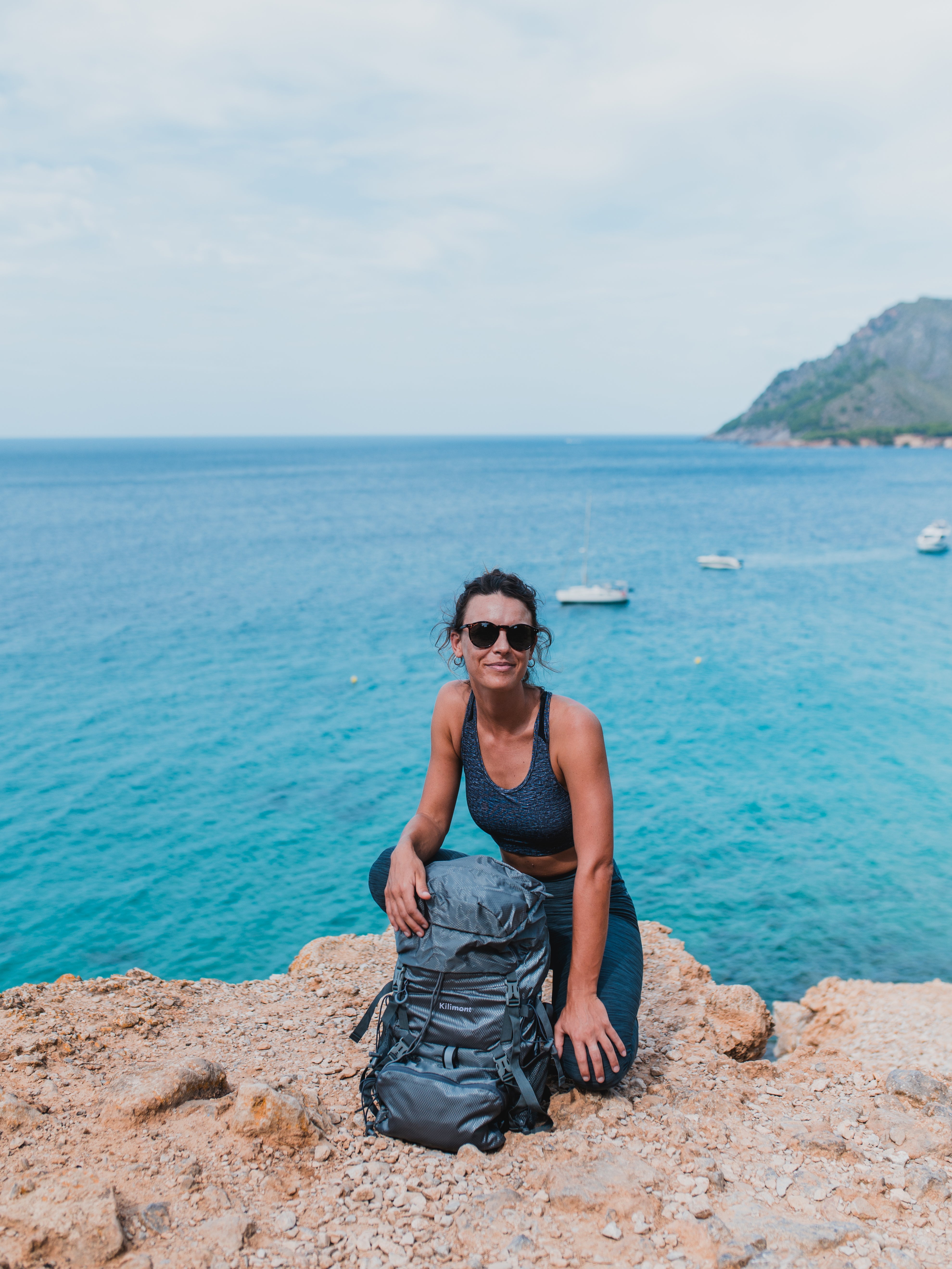
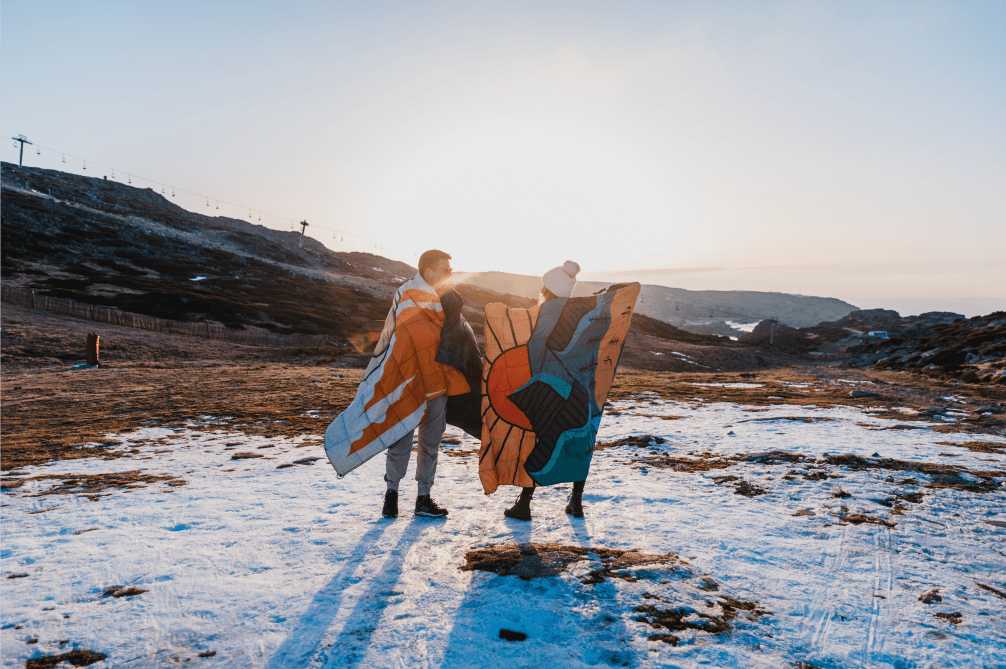
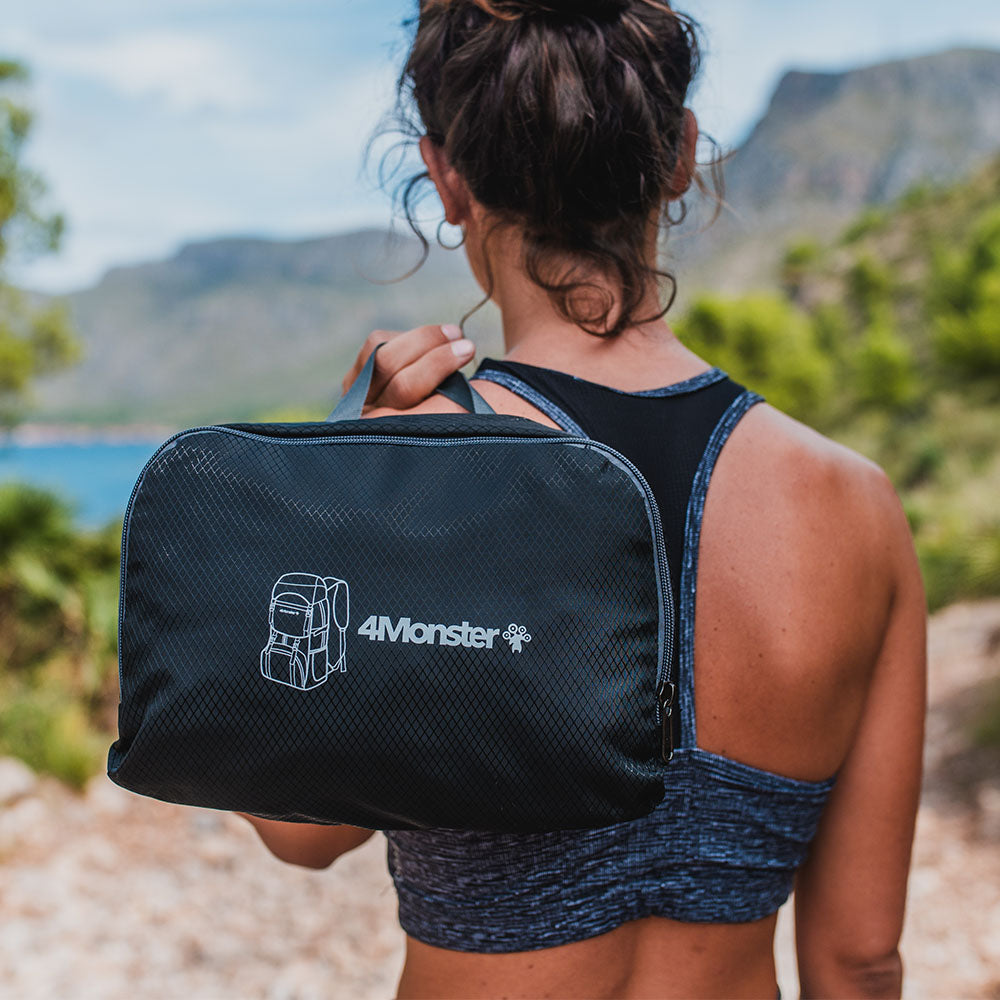




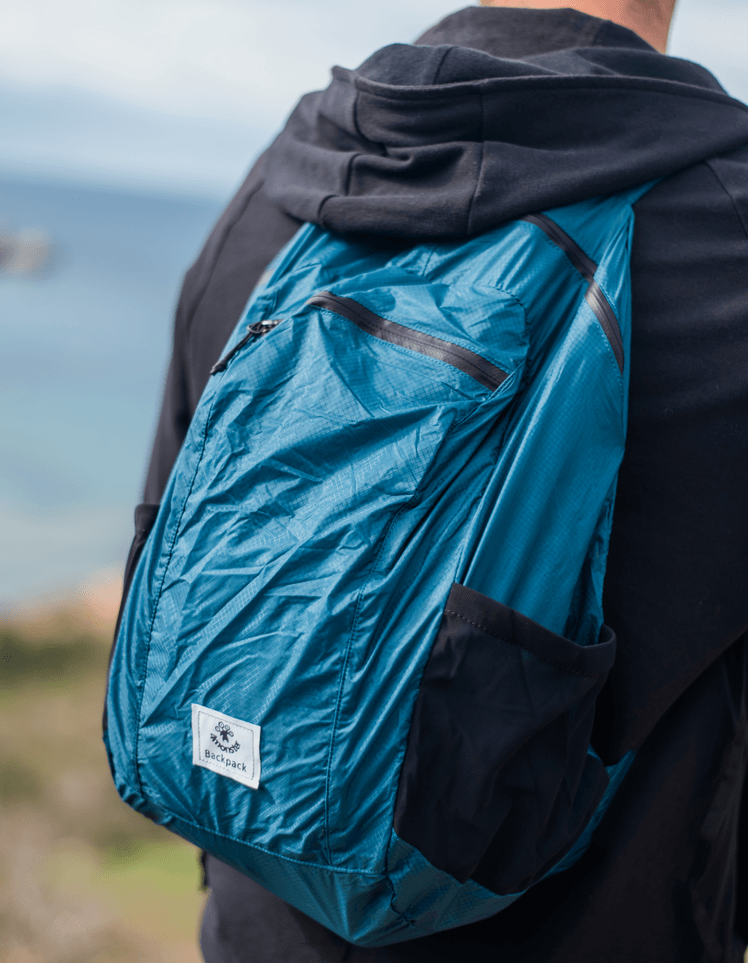
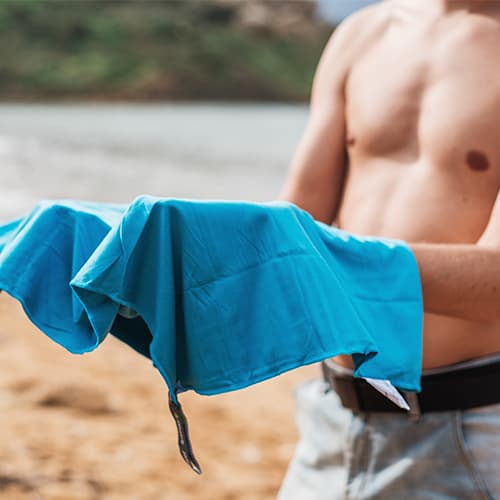



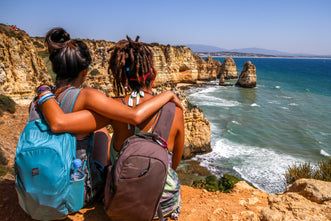
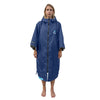
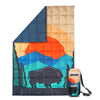
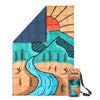
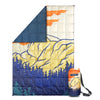
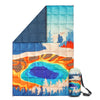
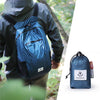

Comments
sFokyBIRPwrLzGg